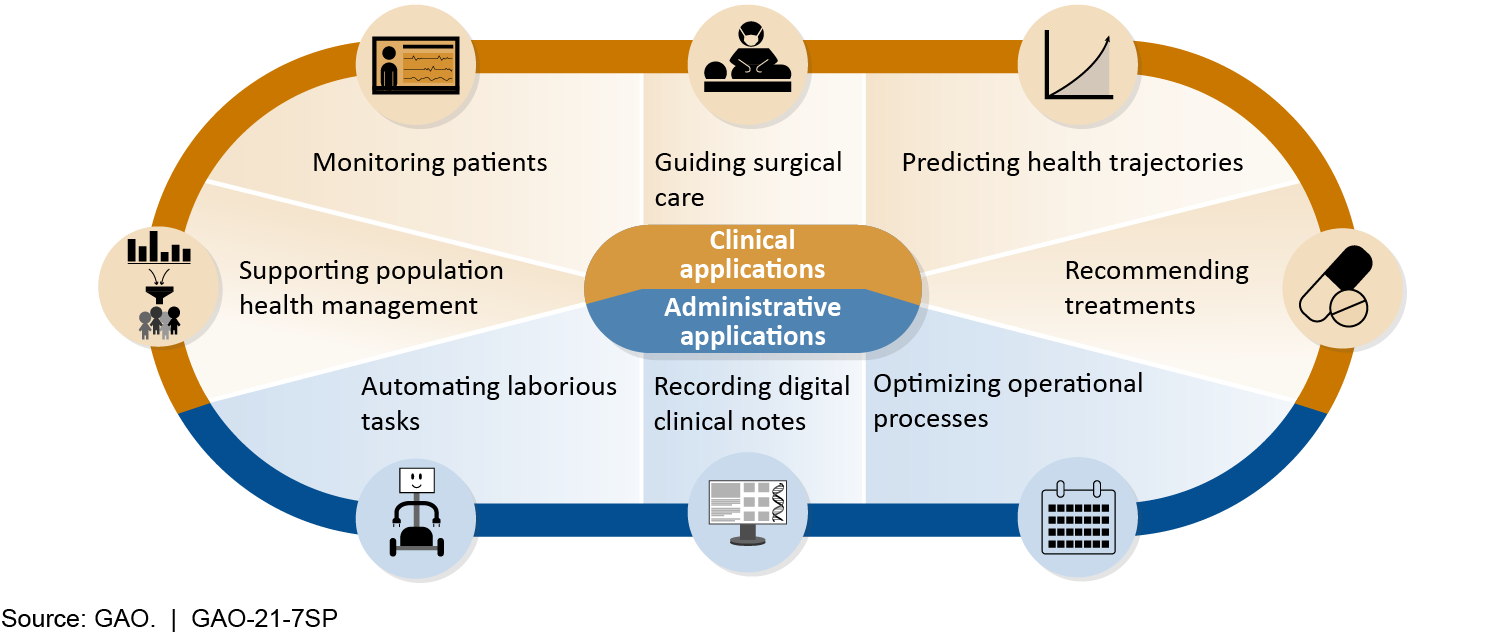Complicated legacies: The human genome at 20
On genome and precision medicine:
Debates about precision medicine (PM), which uses genetic information to target interventions, commonly focus on whether we can “afford” PM (17), but focusing only on affordability, not also value, risks rejecting technologies that might make health care more efficient. Affordability is a question of whether we can pay for an intervention given its impact on budgets, whereas value can be measured by the health outcomes achieved per dollar spent for an intervention. Ideally, a PM intervention both saves money and improves outcomes; however, most health care interventions produce better outcomes at higher cost, and PM is no exception. By better distinguishing affordability and value, and by considering how we can address both, we can further the agenda of achieving affordable and valuable PM.
The literature has generally not shown that PM is unaffordable or of low value; however, it has also not shown that PM is a panacea for reducing health care expenditures or always results in high-value care (17). Understanding PM affordability and value requires evidence on total costs and outcomes as well as potential cost offsets, but these data are difficult to capture because costs often occur up front while beneficial outcomes accrue over time (18). Also, PM could result in substantial downstream implications because of follow-up interventions, not only for patients but also for family members who may have inherited the same genetic condition. Emerging PM tests could be used for screening large populations and could include genome sequencing of all newborns, liquid biopsy testing to screen for cancers in routine primary care visits, and predictive testing for Alzheimer's disease in adults. These interventions may provide large benefits, but they are likely to require large up-front expenditures.











